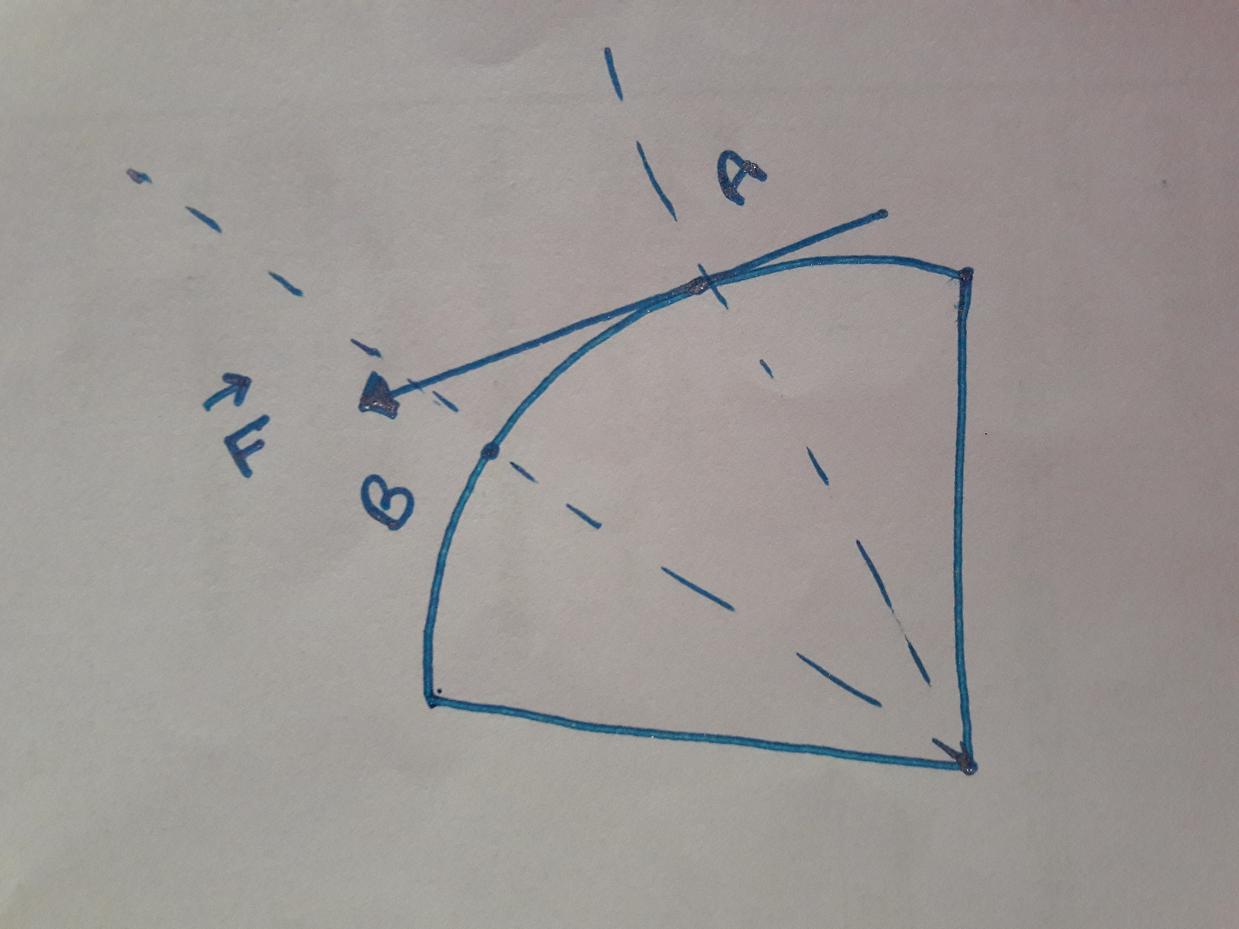Here's a diagram of banked road with the real forces acting on the car $-$

$N$ is the normal reaction force by the road. In order to perform circular motion, the $N_\mathrm{horizontal}$ force must provide the centripetal acceleration.
$$N_\mathrm{horizontal} = \frac{mv^2}{r}$$
If you increase your velocity, the horizontal component of the normal force must increase so that the car keeps doing circular motion. This is the condition imposed by the road. But, Normal force is always perpendicular to the surface. So, $N_\mathrm{vertical}$ must also increase such that if the angle of incline(not shown in the figure) is $\theta$,
$$\cot \theta = \frac{N_\mathrm{vertical}}{N_\mathrm{horizontal}}$$
As $\cot \theta$ is constant, the vertical force must increase in proportion with the increase in the horizontal force.
${N_\mathrm{vertical}}$ is the force which makes the car go up.
EDIT:$-$
There is no component of the normal force on the surface of the road. $N_\mathrm{horizontal}$ and $N_\mathrm{vertical}$ are the components of $N$. You cannot take the component of a vector component. See Component of Component of a vector.
You cannot increase the speed of the "Car" by pressing the accelerator of the car. To increase its speed, you should either place an already moving car with the required velocity or attach something like a fan or rocket booster behind the car to increase its speed.
The track or road is circular. So, as soon as you increase the speed of the car by some mechanism, the front part of the wheels or the car will strike with a greater force to the curved surface resulting in greater normal force.(Remember that the velocity of the car on a frictionless road is not related to the angular velocity of the wheels.)
The radially outwards seeming force would be the force applied to increase the velocity of the car. See the image

If the force is applied at $\mathrm{A}$, coming near $\mathrm{B}$, the force will have a component along $\mathrm{OB}$. This will increase the normal force which in turn will push the car upwards. $\mathrm{O}$ is the centre of the circle of the banked road(sorry, I could not include that in the figure.)



